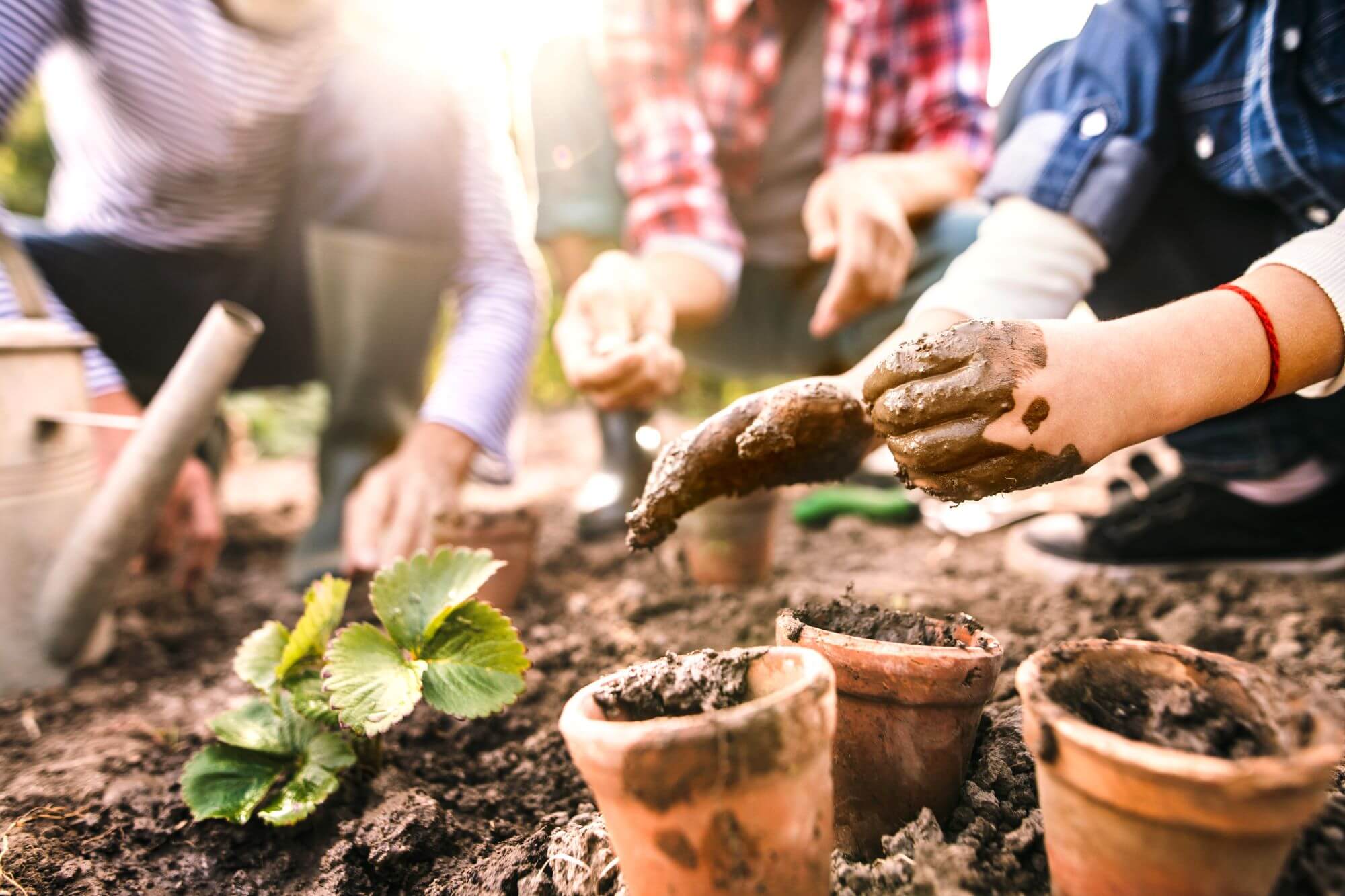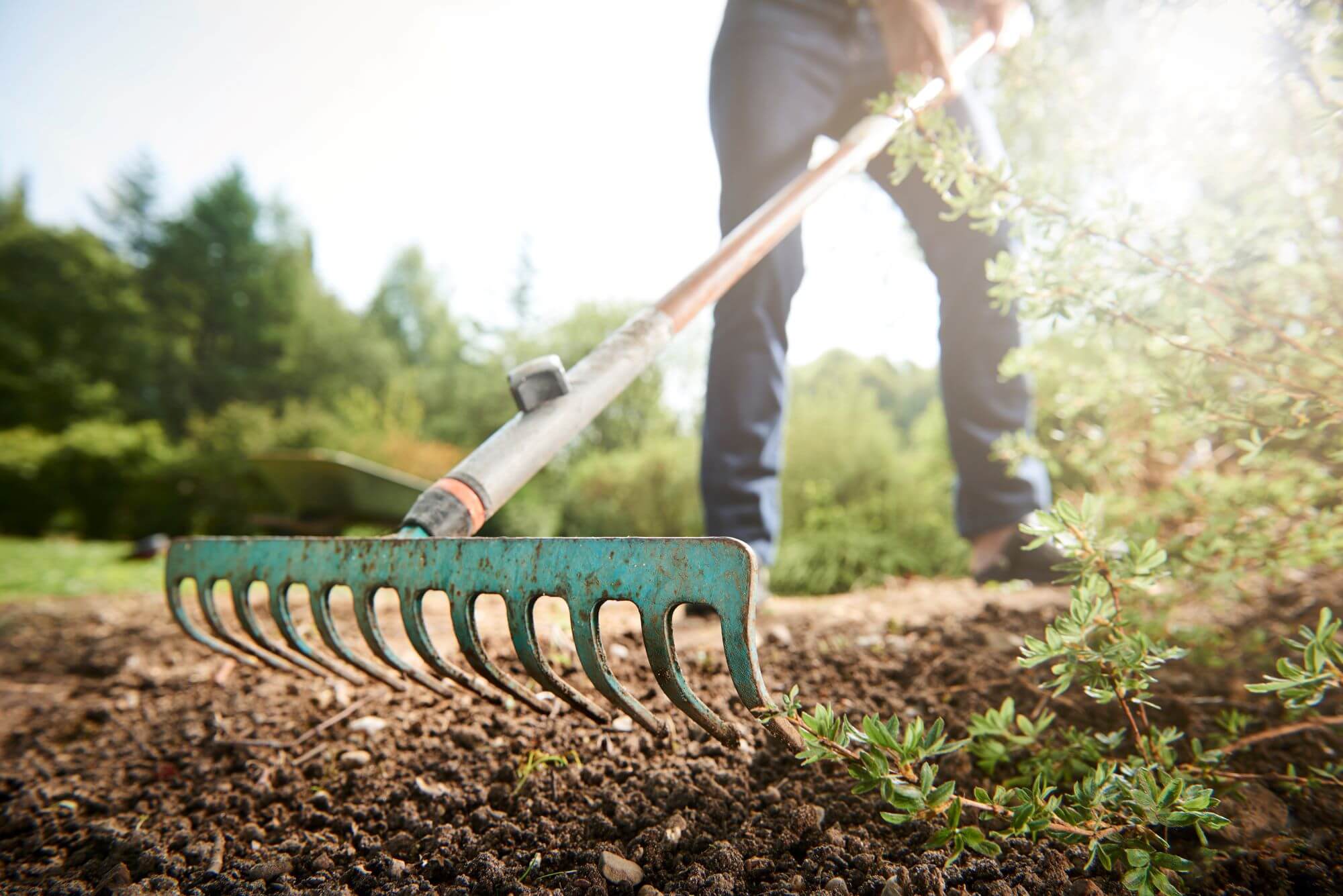
A beautiful landscape is a great way to improve your outdoor space and add value to your home. But to keep it looking good and healthy, it’s essential to put in the effort to maintain it.
This post will provide tips on taking care of your landscape, so it looks its best all year long. From choosing the right plants to creating a regular maintenance schedule, you’ll have all the information you need to keep your landscape looking good and healthy. Keep reading to learn more.
Work With A Landscaping Expert
It can be challenging to keep your landscape looking good and healthy without the help of an expert. A professional hardscape contractor can help you design and install features such as patios, retaining walls, and outdoor kitchens that will enhance the beauty and functionality of your outdoor space.
They can also offer advice on selecting the right plants and trees that will thrive in your area, and provide regular maintenance to keep your landscape looking its best. By working with a hardscape contractor in Orange County, you can ensure that your landscape is not only aesthetically pleasing but also functional and sustainable for years to come.
Luckily, you can work with an arborist. An arborist is a specialist trained in the care of trees, shrubs, and other woody plants. They’re also usually equipped with the proper equipment and tree-trimming clothing like shoes with tree climbing spikes.
Thanks to their training, arborists are able to identify the types of plants that’ll thrive in a particular climate and provide advice on how to maintain them. They can help you identify potential problems before they become too big too and can suggest methods for preventing them.
It can be challenging to keep your landscape looking good and healthy without the help of an expert. Experts know all the elements of landscape design and the when and where to apply those information on your lawn.
Arborists are knowledgeable about pest control, disease management, fertilization, pruning, and soil management. They can advise on selecting the right plants for your specific climate and soil type.
By hiring an arborist, you can ensure that your landscape is properly cared for and maintained. Discover how hardscapes can improve your home today?
Go With A Plan
If hiring an arborist isn’t your approach, you may try keeping your landscape excellent and healthy by having a landscape plan.

A landscape plan is a detailed design for your garden, yard, or outdoor area that can help create an aesthetically pleasing and functional outdoor space. The plan should include plants, hardscaping, lighting, drainage, safety equipment, clothing like tree climbing boots, hand saws, pruners, and hedge trimmers. With these considerations, having one can be the best way to get the most out of your outdoor space.
There are many benefits of having a landscape plan. A well-thought-out plan can help you save time, energy, and money. With a plan in place, you won’t have to worry about wasting time and resources on unnecessary projects or costly mistakes. Additionally, having a plan can help you to create an outdoor space that is aesthetically pleasing, functional, and easy to maintain.
Despite its benefits, at-home gardening and creating a landscape plan can be intimidating if you need help knowing where to start. Fortunately, many resources are so you can create a comprehensive plan out of your outdoor space.
Don’t Forget The Mulch
Mulch is a material such as compost, straw, wood chips, or peat moss spread over the soil to protect it from the elements and provide vital nutrients. And it can help keep weeds at bay, as well as retain moisture in the ground.
In addition, mulching prevents erosion and helps improve the look of your landscape. The benefits of mulching are numerous, but some of the most important include temperature control, soil nutrition, improved water retention, and weed control.
When selecting a mulch for your landscape, you’ll need to consider its ability to retain moisture, resist decomposition, and its overall appearance. Organic mulches such as straw, grass clippings, and leaves break down over time and must be replaced periodically. Inorganic mulches such as gravel, stone, and rubber last much longer yet may be less aesthetically pleasing.
Know Your Plants
Due to the advantages of gardening, many became invested in the activity, only to face the difficulties that come with it. One is knowing what plants you have in your garden and how to care for them.
Many different kinds of plants can be used in a landscape design, from trees and shrubs to perennials, annuals, groundcovers, and ornamental grasses. Each plant has its characteristics and needs regarding water, sunlight, and fertilizer.
When assigning plants to different areas in your garden, it’s essential to understand their needs to be planted in the right environment and get the proper care. Trees and shrubs need more sun than other types of plants and require more water during periods of drought. Annuals and perennials may need more shade or less direct sunlight, while some can tolerate both.
It’s also essential to understand the size and shape of plants when planning a landscape design. Knowing how big a tree or shrub will be in five years or how wide a perennial will spread helps you make sure that the plants you choose fit well in the landscape without crowding each other out. With all these factors in mind, you can create a landscape design that looks great today and in years to come.
Water Wisely
Watering your plants is essential for keeping them healthy and strong. Nonetheless, it’s important to remember that too much water can be damaging. When watering your plants, consider the type of plants you have, the temperature, and the amount of rainfall in your area.
For most plants, a deep and infrequent watering routine is best. Instead of watering daily, you may focus on thoroughly saturating the soil. It’s essential to ensure that the plant’s entire root system is getting enough water as well. If you’re growing vegetables or other edible plants, avoid overhead irrigation and use drip systems in order to help prevent fungus and other diseases.
In Conclusion
There are many ways to keep your landscape beautiful. If you have any questions about doing them correctly, consult a professional or do some research online to ensure you’re doing it correctly. Taking these steps will ensure that your landscape looks good and stays healthy.
Emily Hawthorne
Related posts
Stay connected
Today's pick
- Things to Remember While Designing Your Custom Modular Kitchen in GurgaonGurgaon now known as Gurugram is the second largest city in the state of Haryana and is a reflectiossn of an ideal modern city with futuristic goals. Witnessing rapid urbanization, it has also emerged as a hub for contemporary homes, with homeowners seeking innovative and... The post Things to Remember While Designing Your Custom Modular […]

